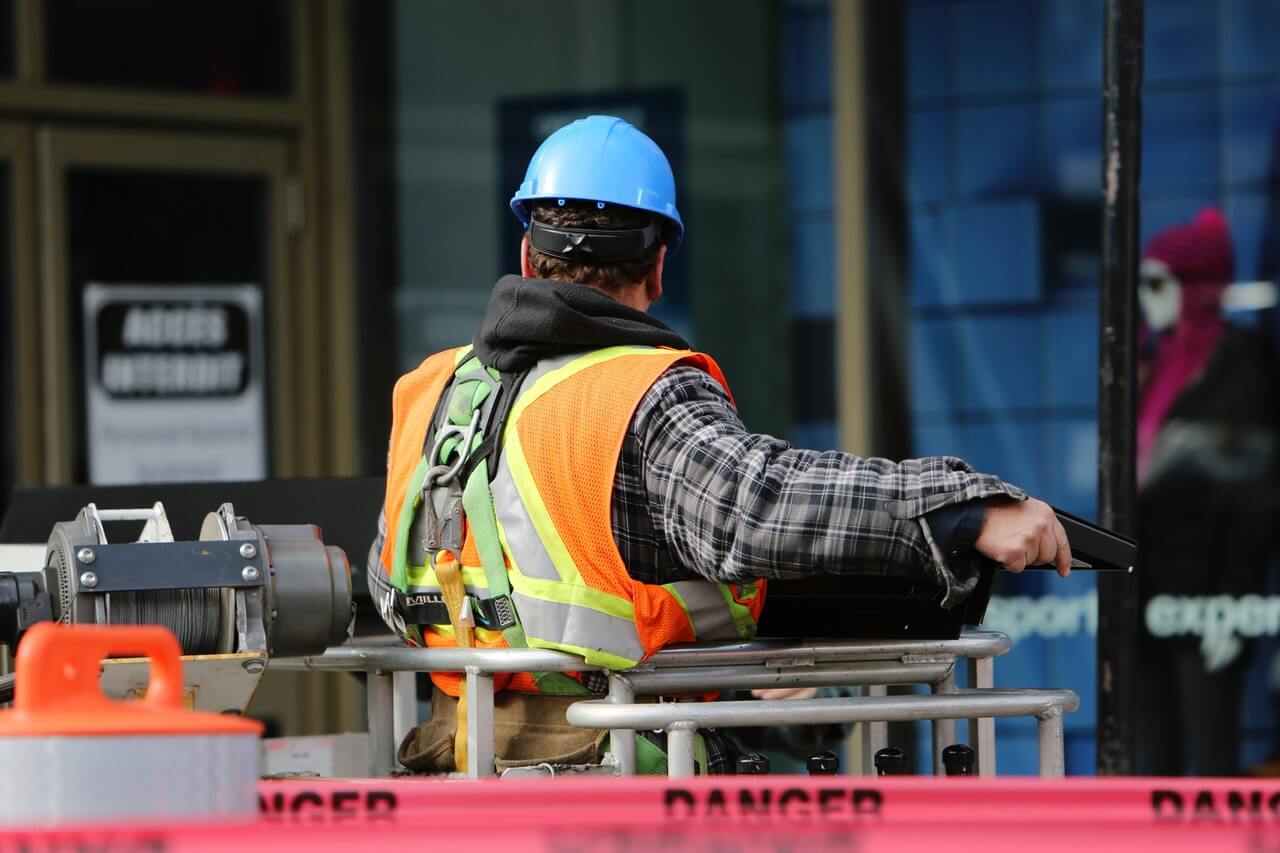Staying Safe: How Safety Affects Employee Retention
We know that competitive wages, good benefits, and ample opportunities for advancement are important for employee retention. But the research shows that workplace safety matters more than previously recognized.
Never has this connection been more evident than during the COVID-19 pandemic. Suddenly, employers have found themselves struggling to get employees to return to work because of safety concerns. Even offering raises and bonuses hasn’t been enough to convince many employees to come back.
With turnover at an all-time high, taking steps to retain the employees you do have is imperative. One of the best ways to do this is by prioritizing workplace safety.
How does safety impact employee retention?
A strong safety culture can have a profoundly positive impact on employee retention.
Some of the reasons for this are obvious. If employees have an accident, they may get hurt and be unable to work. Emphasizing safety prevents these injuries from happening in the first place and keeps workers on the job.
By eliminating preventable work-related injuries, employers could gain back 103,000,000 days of production — the equivalent of (retaining) 394,636 full-time workers.
However, safety doesn’t just improve retention by preventing accidents and injuries. It can also impact employee engagement, job satisfaction, and morale — all of which affect employee retention. Not only that, but having a safer workplace can help you attract high-quality employees in the future.
Safety and employee engagement
Studies show that safety can help boost employee engagement and motivation. As one example, research published in the Journal of Occupational and Organizational Psychology found that a strong workplace safety climate has a positive impact on work engagement. The researchers discovered that workers who perceive that their organization cares about their well-being are more motivated, energetic, and enthusiastic about their jobs. Not only does this have a big impact on their attitude at work from day to day, but it will obviously be a major factor in whether or not an employee will decide to stay with the company.
Safety and job satisfaction
Your workplace’s safety climate can also impact job satisfaction (or lack thereof). This is true not only for employees in traditional work environments, but also for lone and remote workers who don’t have many opportunities to interact with their supervisors.
For example, a survey of over 6000 truck drivers from two US trucking companies found that drivers’ perceptions of safety climate were linked to their level of job satisfaction and engagement. Not only that, but drivers with positive safety climate perceptions were more likely to stay with their current company. On the flip side, drivers with a more negative outlook on their company’s safety climate had faster and more frequent turnover.
Safety and morale
Safety climate also affects employee morale. Employees who feel like the company cares more about productivity than their safety will quickly become discouraged and disengaged. On the flip side, employees who believe their safety is a priority will feel much better about their jobs.
The American Society of Safety Professionals analyzed data from Great Place to Work’s 100 Best Companies to uncover the relationship between safety and employee morale. At these companies, 96% of employees rated their workplace as physically safe. This suggests that feeling safe is an important quality of being a great place to work in the eyes of employees and, in turn, having high employee morale.
Safety and recruiting
When deciding where to work, the research shows that candidates are increasingly considering their prospective employer’s workplace culture.
In fact, a survey by the Society for Human Resources Management (SHRM) revealed that company culture was the number one reason why candidates chose one job over another. This is especially true among younger workers, who tend to place a higher emphasis on company culture than any generation before them.
In short: companies with a desirable culture have a competitive advantage when it comes to attracting top talent. And safety is one key dimension of that culture.
Perception matters
Notice in all the studies above that what mattered most wasn’t necessarily how many injuries or OSHA violations an organization actually had, but rather employees’ perceptions of the safety climate.
This can vary widely from person to person, and employees’ perceptions are often starkly different from those of managers and executives.
So, what are the factors that influence worker perceptions of safety?
- The organization’s safety policies and procedures
- Whether good training has been provided
- How equipment is maintained
- How (and how often) supervisors communicate about safety
- Whether there is a visible safety presence
Ultimately, a strong safety program can help you retain your best employees as well as attract high-quality candidates. Of course, changing workplace safety culture doesn’t happen overnight. It can take a while to see the full impact of your efforts. However, many of the benefits of focusing on safety — such as increased hazard awareness and reduced injuries — will be evident right away.
